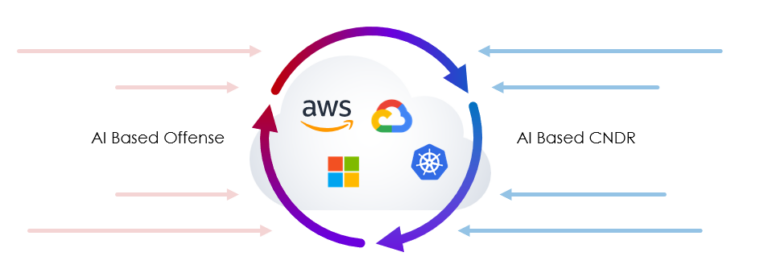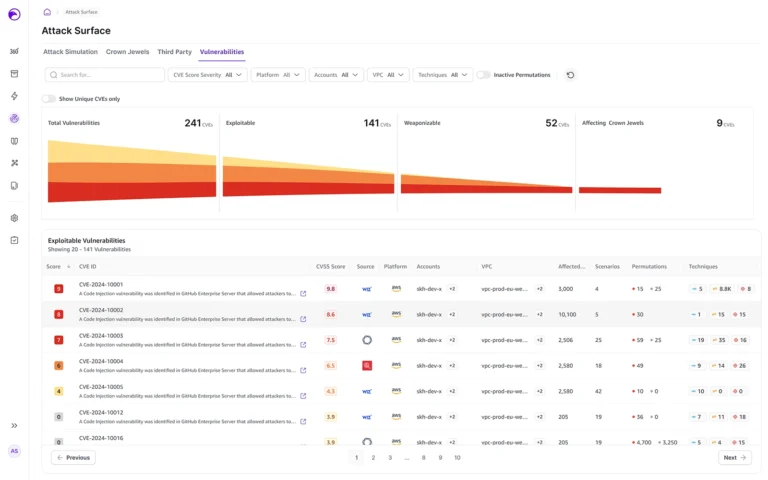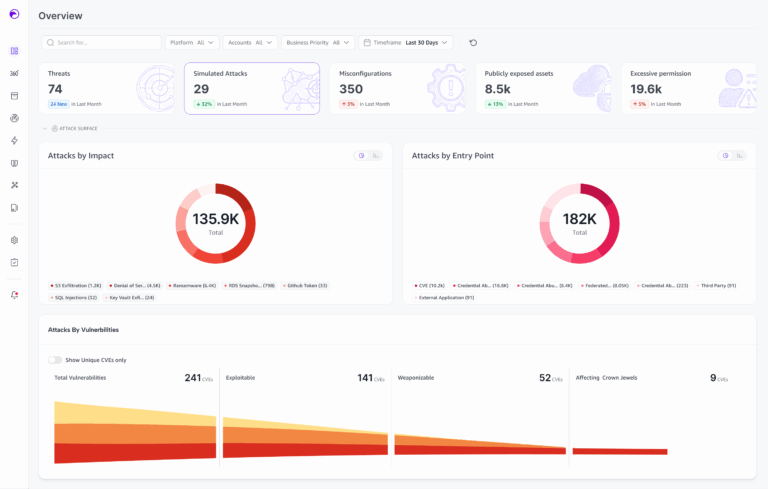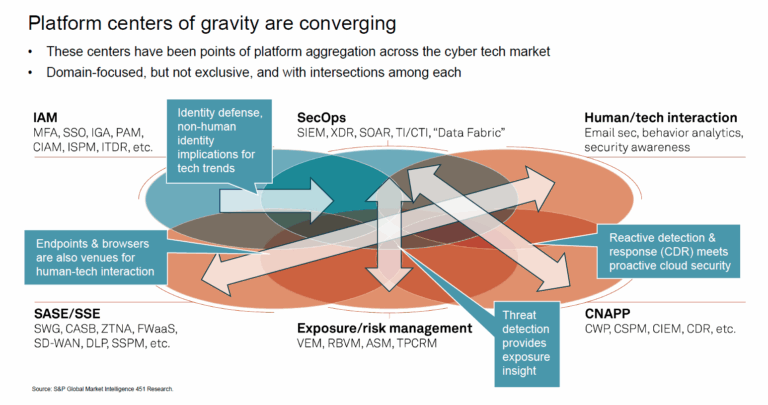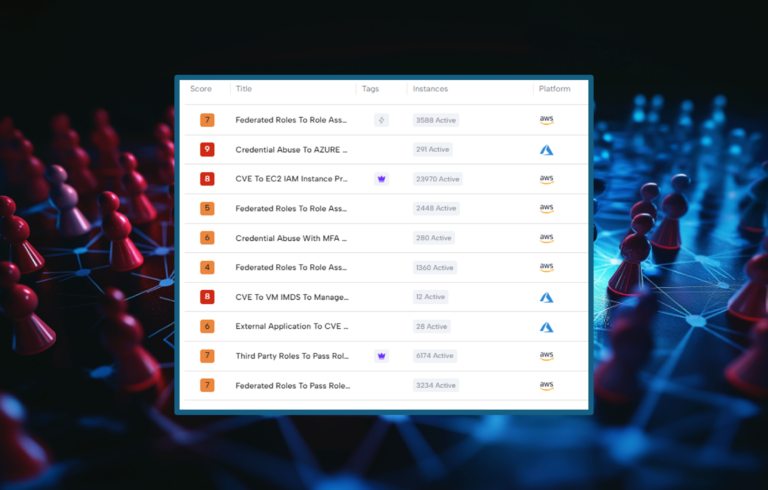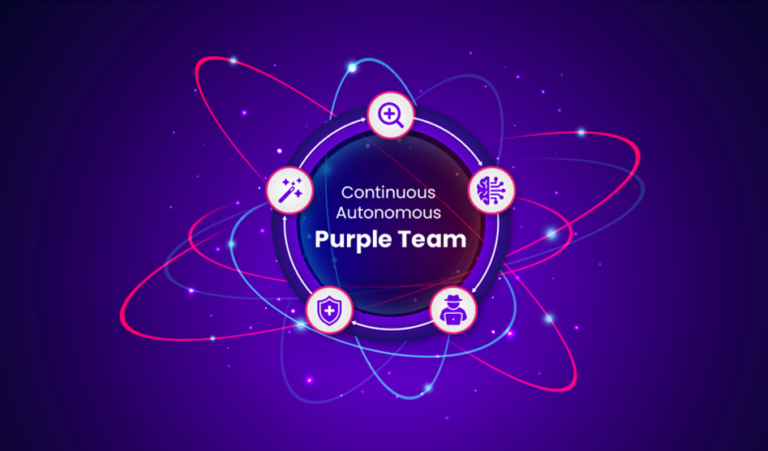The digital transformation of industries worldwide has been powered by advancements in Information Technology (IT). Over the past two decades, IT has reshaped nearly every facet of modern life, from communication to commerce, especially in developing countries. Within this growth, the emergence and expansion of cloud computing has driven the most significant change, particularly for businesses and organizations seeking scalability, flexibility, and cost-efficiency. Cloud computing enables organizations to outsource their infrastructure, ensuring they no longer need to maintain expensive physical servers or data storage. By providing on-demand access to resources and services, the cloud has lowered the barrier for entry for small and medium-sized enterprises (SMEs), allowing them to compete with incumbents and win. As with the mobile revolution, developing countries tend to join the trend later than the developed world, but skip a few steps and align themselves with the rest of the world.
For example, developing countries suffered from poor and unreliable telephone infrastructure, which inhibited the adoption of internet for businesses. However, with mobile and then smartphones bursting onto the scene, many countries simply skipped the “desktop internet” phase and went directly to mobile banking and mobile ecommerce.
As of 2025, cloud spending is set to surge to $330 billion, with Amazon Web Services (AWS), Microsoft Azure, and Google Cloud leading the charge. This rapidly expanding market is evidence of the growing reliance on cloud technologies across sectors, from finance to healthcare, retail to education.
Cyber Risks in the Cloud
While the advantages of cloud computing are abundant, there is a growing recognition of the associated cybersecurity risks, which involves breaches, data theft and corruption. AI greatly simplifies the attackers’ capability to deploy large scale attacks and minimal cost. The lack of the cloud security expertise of businesses transitioning from traditional IT systems to cloud environments exuberates these risks. Moreover, the scalability of the cloud, while a key advantage, can also complicate security efforts; companies may struggle to maintain consistent security protocols across an ever-expanding cloud infrastructure.
In emerging markets, the problem is exacerbated by gaps in cybersecurity expertise and resources. As businesses in these regions move toward cloud adoption, they face an uphill battle in securing their systems against cyber threats. Many of these markets are attractive targets for hackers due to weaker regulatory frameworks and a lack of investment in security infrastructure. Without adequate protection, companies in emerging markets risk falling prey to cybercrime, which can stunt economic growth and deter foreign investment.
The Economic Impact of Cyber Risks
Cyberattacks have a profound economic impact on businesses. The costs associated with data breaches can be staggering, with businesses facing everything from fines for non-compliance to loss of consumer trust. A breach can result in direct financial costs—such as legal fees, remediation efforts, and regulatory penalties—as well as indirect costs such as reputational damage and customer attrition. According to IBM’s Cost of a Data Breach Report 2024, the average cost of a data breach in 2023 was USD $4.88 million, a 10 % increase from 2023 cost.
The economic impact of cyber risks is even more pronounced in emerging markets, where many businesses are in the early stages of adopting cloud technology, but still face international markets where consumers demanding a certain level of trust and security standards. As these economies digitalize, the costs of cyberattacks can deter small and medium-sized enterprises from fully leveraging the cloud, hindering overall economic progress. Countries with underdeveloped cybersecurity infrastructures are particularly vulnerable to cybercrime, which can undermine public confidence in digital services and hinder economic growth.
According to a World Bank report, cybercrime is an emerging threat to developing economies, which are often ill-prepared to defend against these increasingly sophisticated attacks.
Cybersecurity is, therefore, not just a matter of protecting IT systems; it is also an economic imperative. Governments and businesses must take proactive steps to bolster cybersecurity in order to ensure long-term growth and stability in the digital economy (In fact, Between 2016 and 2022, the World Bank organized a Global Cybersecurity Capacity Building Program that financed and supervised national cybersecurity maturity assessments in several developing countries in order to enhance their cyber resiliency).
Securing the Cloud
As businesses continue to migrate to the cloud, the importance of securing cloud environments has never been greater. To mitigate the risks associated with cyber threats, companies must adopt a proactive cybersecurity mindset. Instead of waiting for hackers to attack, companies should deploy attack simulation mechanisms to try and estimate how these attacks will unfold, and then try to prepare for such attacks.
Furthermore, businesses must implement advanced threat detection systems to monitor cloud environments for any unusual activity. Machine learning-based tools can detect anomalous behavior and alert security teams in real-time, allowing for quicker response times.
Conclusion: A Call to Action
The rise of cloud computing presents vast opportunities for businesses, but these opportunities come with inherent risks. As cloud adoption continues to grow, so does the need for robust cybersecurity measures. For businesses to fully realize the benefits of the cloud, they must prioritize the security of their data and digital assets.
Cybersecurity is not only a technological issue; it is an economic imperative. For businesses, the cost of inadequate security is far higher than the investment required to protect systems and data. Governments, industry leaders, and businesses must work together to build stronger cybersecurity infrastructures, particularly in emerging markets, to ensure the digital future remains secure.
In an era where data is one of the most valuable assets, securing the cloud is not just a matter of protecting business interests—it’s about securing economic prosperity for the generations to come.
Skyhawk’s Continuous Autonomous Purple Team enables a proactive approach to Cloud Security for the very first time.
Skyhawk Security’s Continuous Proactive Protection helps organizations discover their crown jewel assets and then the GenAI-based red team and blue team see how defenses hold up against an attack. Since 70% of cyber attacks against cloud systems involve leaked or stolen credentials and access keys it is crucial to simulate the potential “Blast Radius” and prepare the proper controls and detections in advanced.
